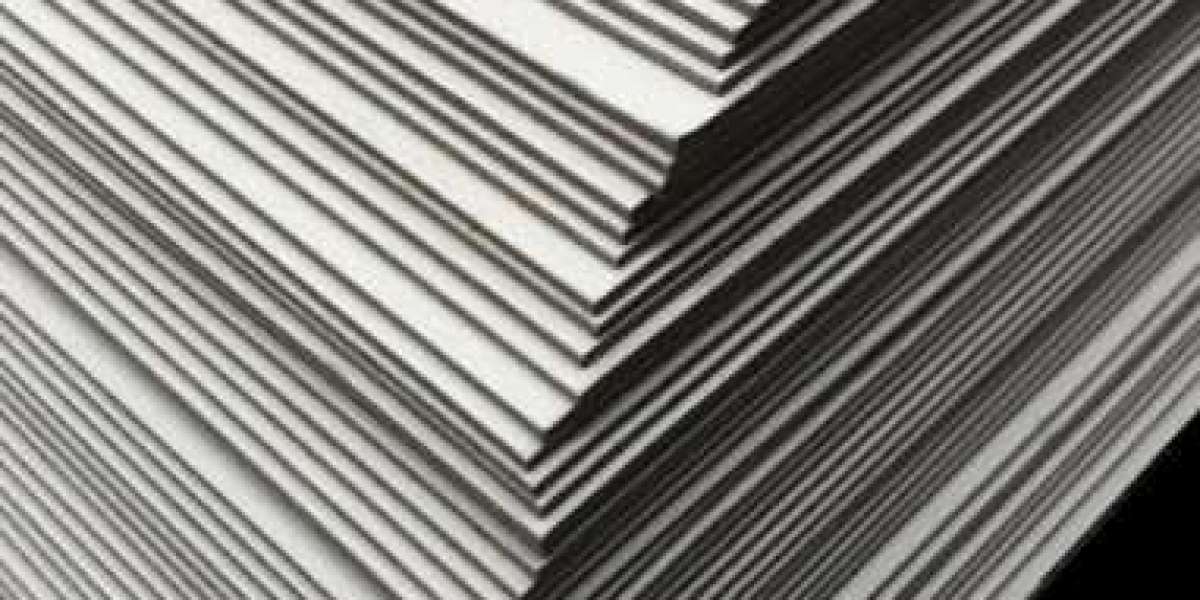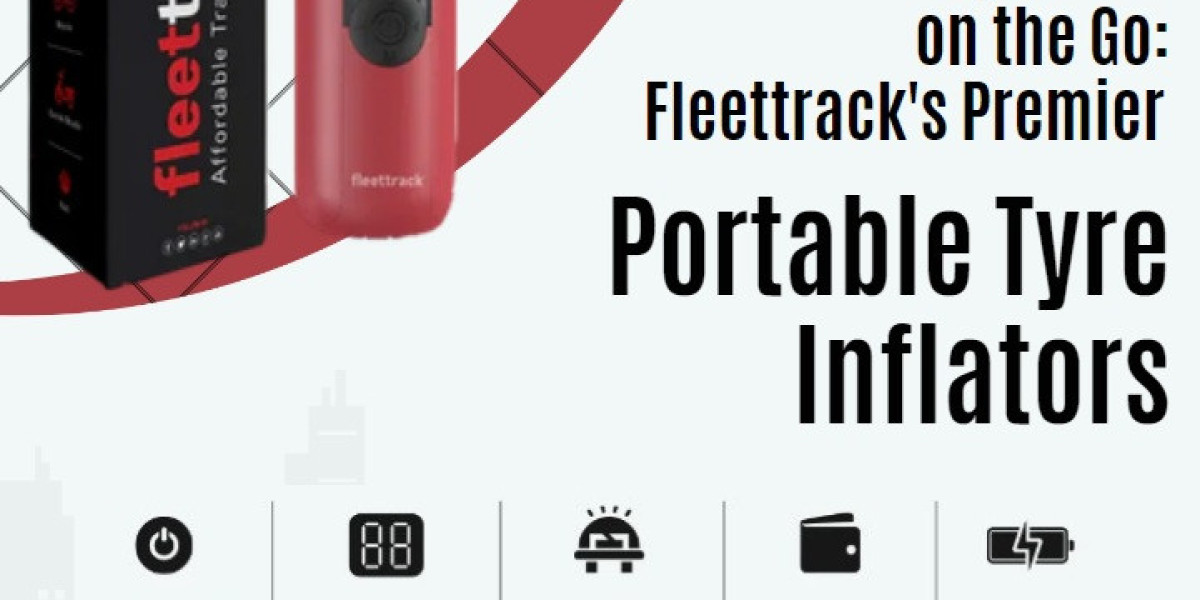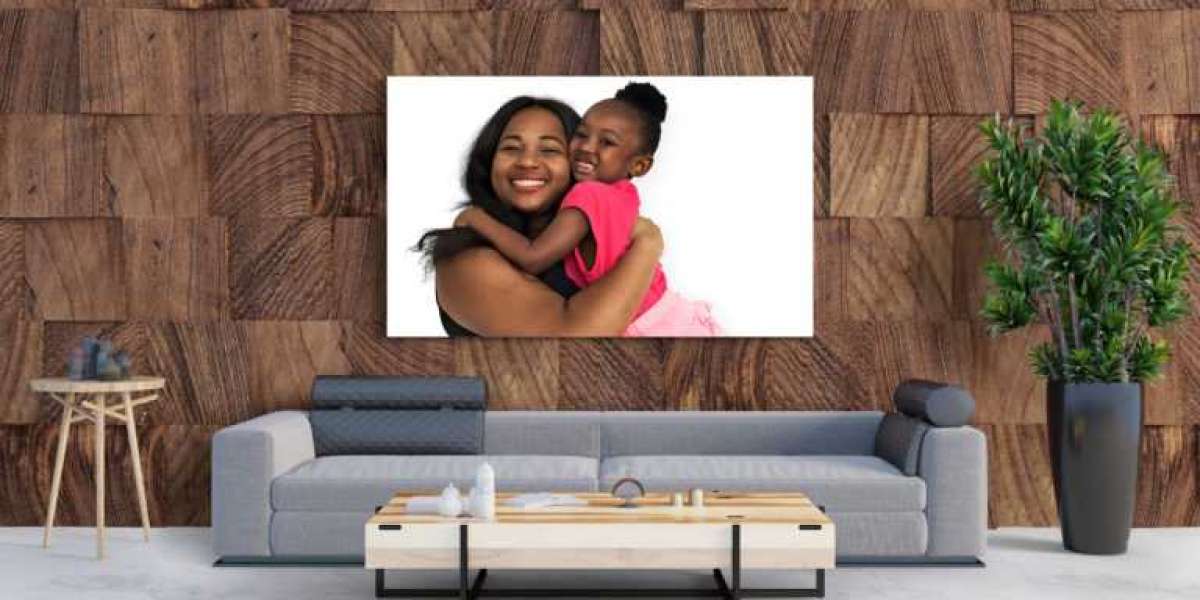Clay coated newsback, also known as CCNB, is a type of paperboard that has a white, glossy coating on one side and a brown, uncoated surface on the other. It is widely used in the packaging and printing industries due to its versatility, durability, and affordability. In this article, we will delve deeper into the world of CCNB, exploring its properties, applications, and advantages.
What is Clay Coated Newsback (CCNB)?
Clay coated newsback (CCNB) is a type of paperboard that is made by coating a layer of clay on one side of the board and leaving the other side uncoated. The clay coating is usually white and provides a smooth, glossy surface that is ideal for printing and packaging applications. The uncoated side is brown and has a rougher texture, which makes it suitable for gluing, laminating, or creating a strong structural base.
How is CCNB made?
CCNB is made from recycled paper fibers that are mixed with water to create a slurry. This slurry is then pumped onto a papermaking machine, which spreads it evenly across a moving wire mesh. As the water drains away, the paper fibers start to bond together, forming a solid sheet. The sheet is then pressed to remove any excess water and dried to a specific moisture level. After that, the clay coating is applied to one side of the board using a process called blade coating or roll coating. The coated board is then passed through a dryer to cure the coating and ensure that it adheres properly.
What are the properties of CCNB?
CCNB has several properties that make it a popular choice in the packaging and printing industries. These include:
- Glossy surface: The white clay coating gives CCNB a smooth, glossy surface that is ideal for printing high-quality images, text, and graphics.
- Thickness and stiffness: CCNB is available in different thicknesses and stiffness levels, which make it suitable for a wide range of packaging and printing applications.
- Moisture resistance: CCNB has a degree of moisture resistance, which means that it can withstand some exposure to water or humidity without becoming damaged or warped.
- Recyclability: CCNB is made from recycled paper fibers and can be recycled again after use, making it an eco-friendly option.
What are the applications of CCNB?
CCNB is a versatile paperboard that is used in various industries for different applications. Some of the most common applications of CCNB include:
- Packaging: CCNB is used in the packaging industry to create boxes, cartons, and other containers for products such as cosmetics, pharmaceuticals, and food items. The glossy surface of CCNB makes it ideal for printing eye-catching labels and branding.
- Printing: CCNB is used in the printing industry to create high-quality brochures, catalogs, flyers, and other promotional materials. The glossy surface of CCNB allows for sharp and vivid images and text.
- Displays: CCNB is used to create displays for retail stores, exhibitions, and events. Its stiffness and thickness make it suitable for creating freestanding displays, while its glossy surface makes it attractive and eye-catching.
What are the advantages of using CCNB?
There are several advantages of using CCNB over other paperboard types. These include:
- Cost-effective: CCNB is an affordable option for packaging and printing applications, making it a popular choice for small and large businesses alike.
- Versatility: CCNB is available in different thicknesses and stiffness levels, which makes it suitable for a wide range of applications.
- Printability: CCNB's glossy surface allows for high-quality printing, making it ideal for branding and promotional materials.
- Eco-friendliness: CCNB is made from recycled paper fibers and is itself recyclable, making it an environmentally friendly option for packaging and printing applications.
How to choose the right CCNB for your needs?
When choosing CCNB for your packaging or printing needs, there are several factors to consider, such as:
- The thickness and stiffness level: The thicker and stiffer the board, the more durable it will be, making it suitable for heavy-duty applications.
- The weight: CCNB is available in different weights, which will affect the cost, printability, and stiffness of the board.
- The coating: CCNB can be coated on one or both sides, depending on the application. Single-coated CCNB is ideal for printing and display applications, while double-coated CCNB is suitable for packaging applications.
- The moisture resistance: Depending on the product you are packaging, you may need CCNB with a higher degree of moisture resistance.
Conclusion:
Clay coated newsback (CCNB) is a versatile paperboard that is widely used in the packaging and printing industries. Its glossy surface, thickness, stiffness, and recyclability make it a popular choice for a variety of applications. When choosing CCNB for your needs, consider the thickness and stiffness level, weight, coating, and moisture resistance.
FAQs
Is CCNB more expensive than other paperboard types?
No, CCNB is an affordable option for packaging and printing applications.
Can CCNB be recycled? Yes, CCNB is made from recycled paper fibers and is itself recyclable.
What is the difference between single-coated and double-coated CCNB?
Single-coated CCNB has a clay coating on one side, while double-coated CCNB has a coating on both sides. Double-coated CCNB is suitable for packaging applications.
Can CCNB withstand exposure to moisture?
CCNB has a degree of moisture resistance, which means that it can withstand some exposure to water or humidity without becoming damaged or warped.
Is CCNB suitable for creating displays?
Yes, CCNB is suitable for creating displays for retail stores, exhibitions, and events, thanks to its stiffness and thickness.









